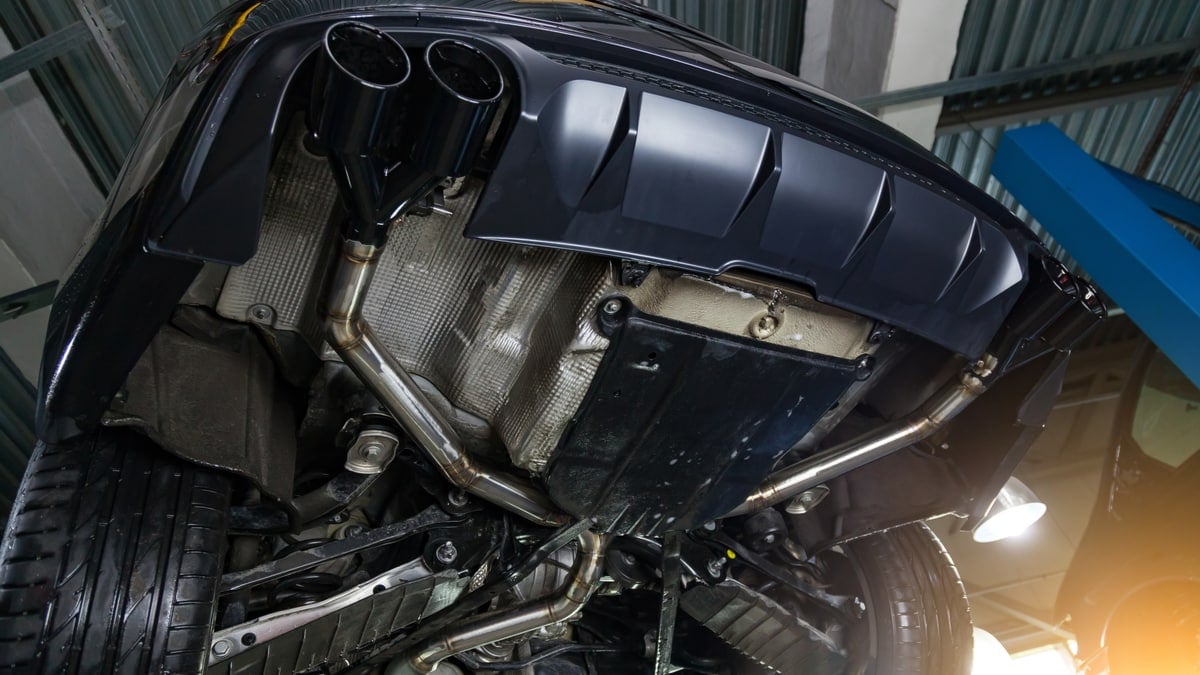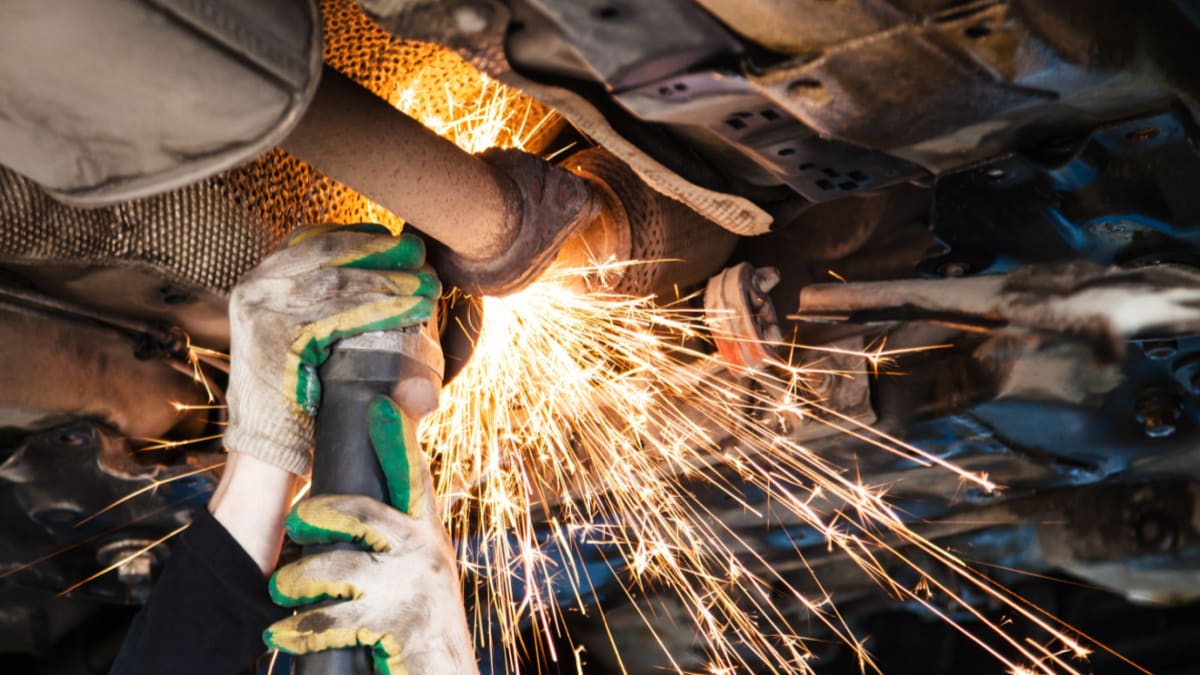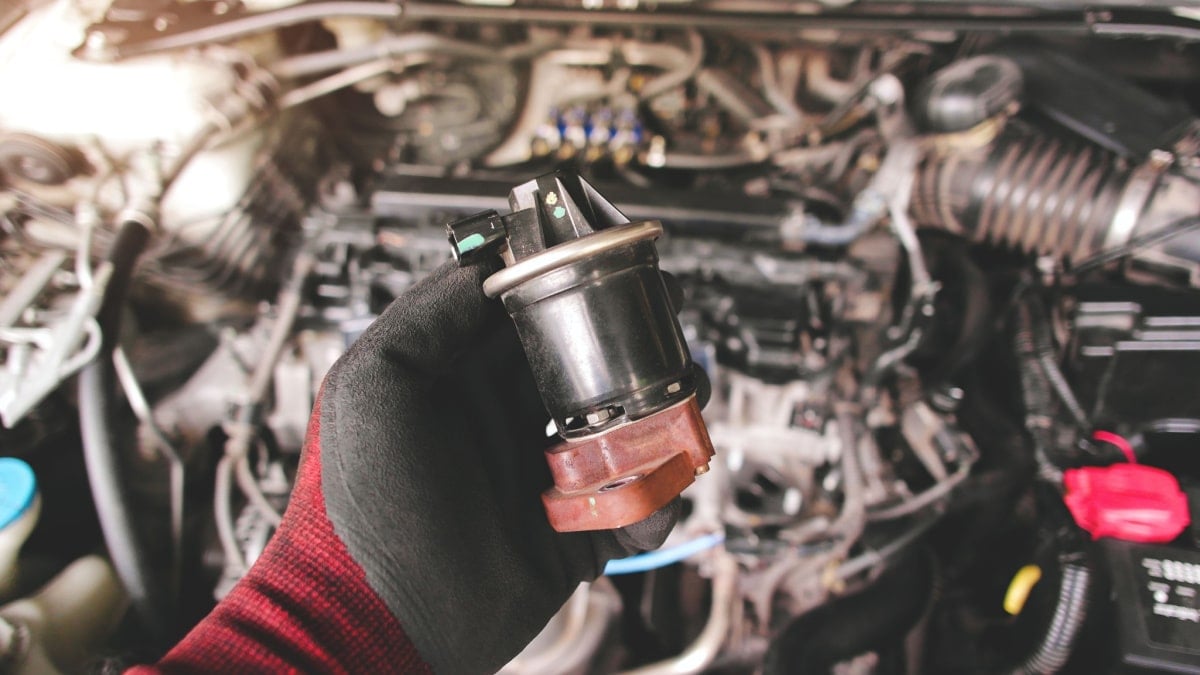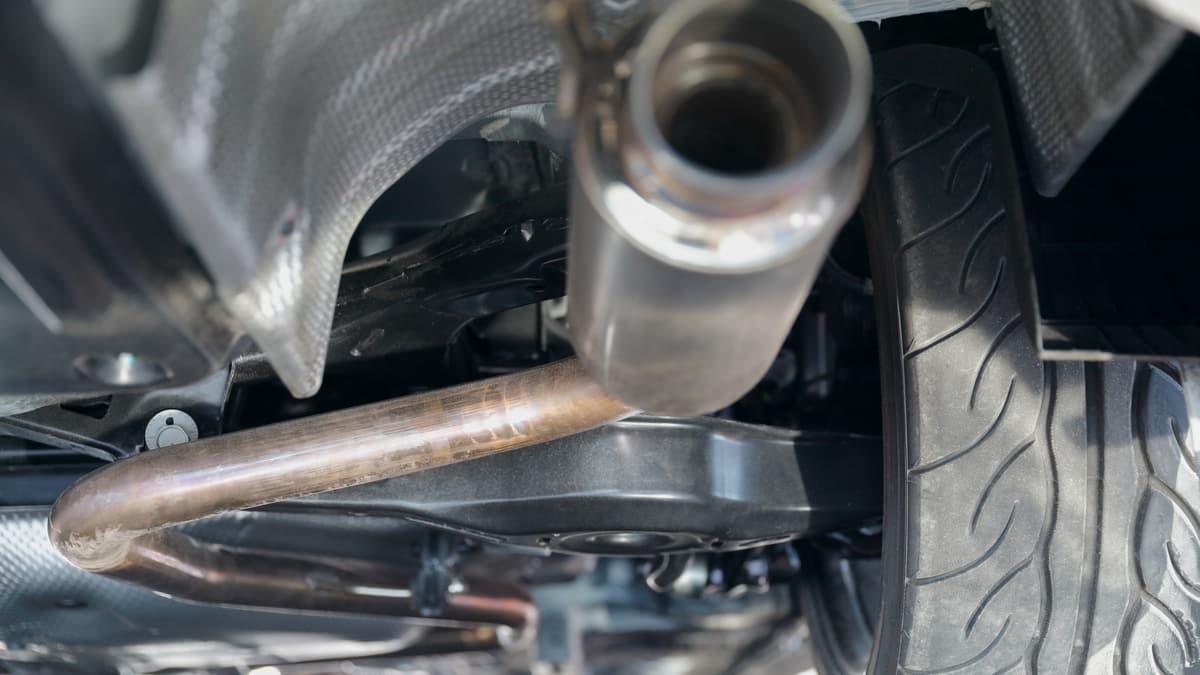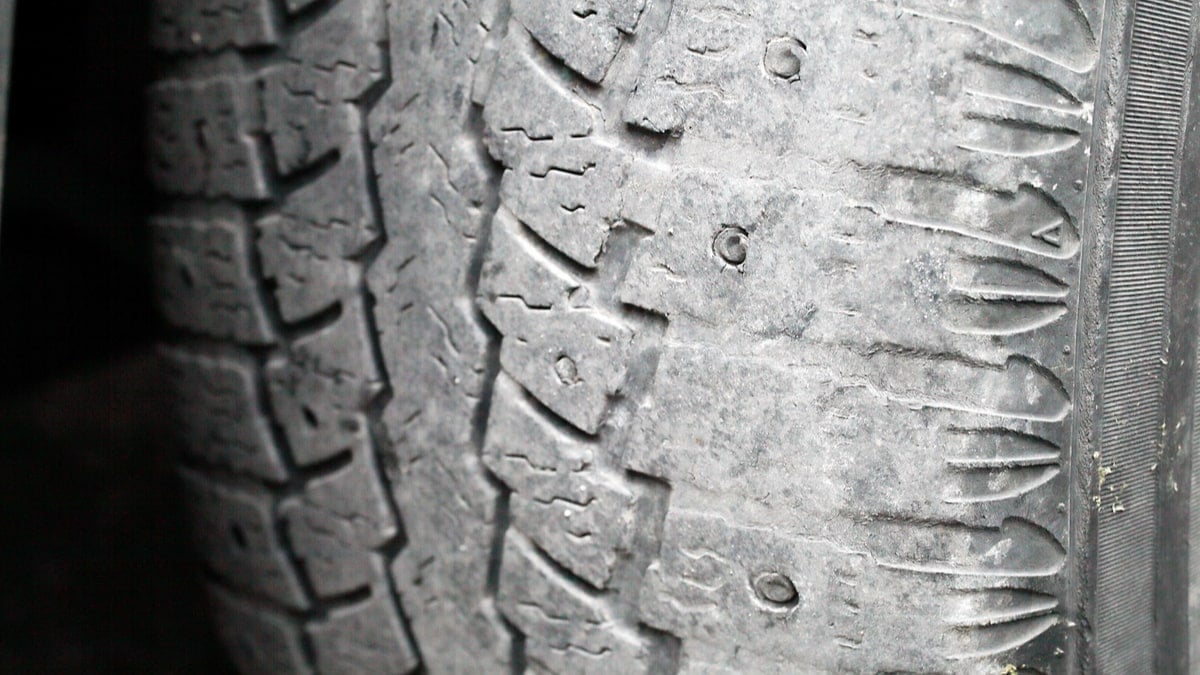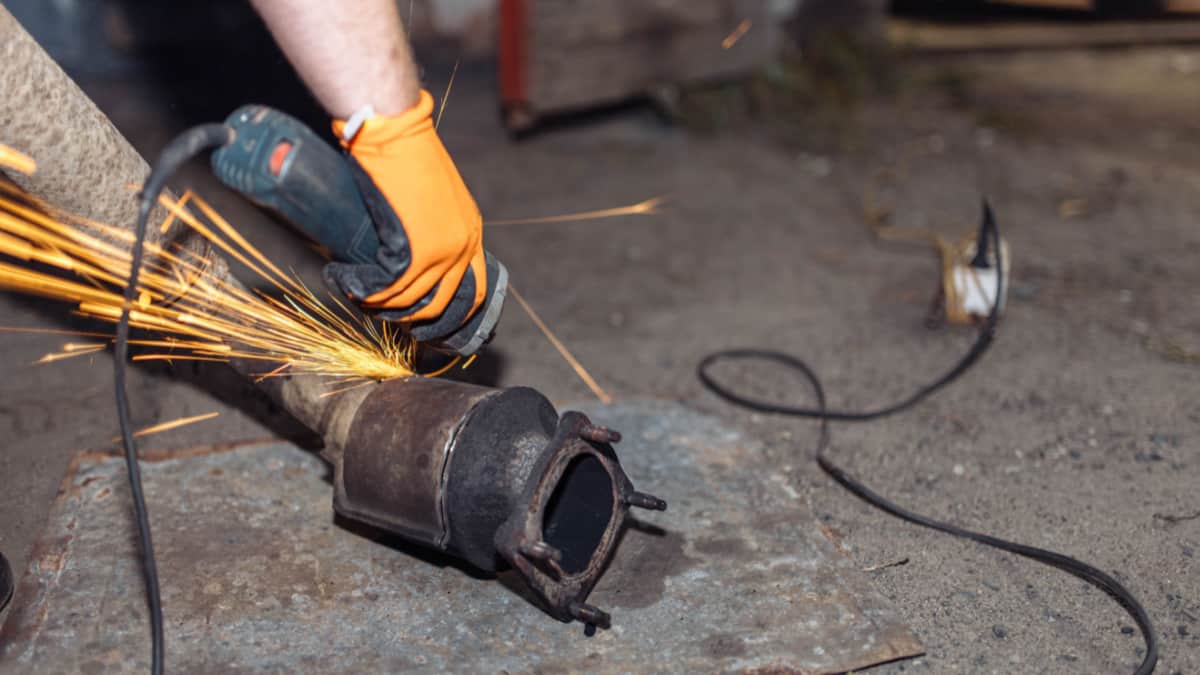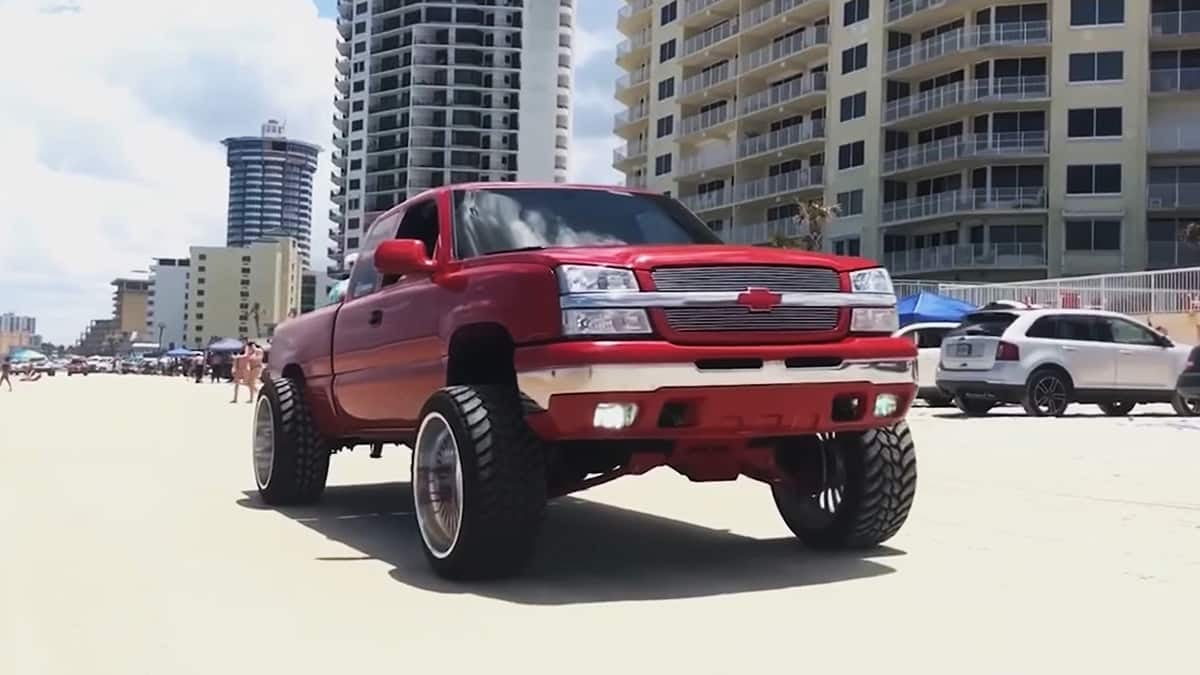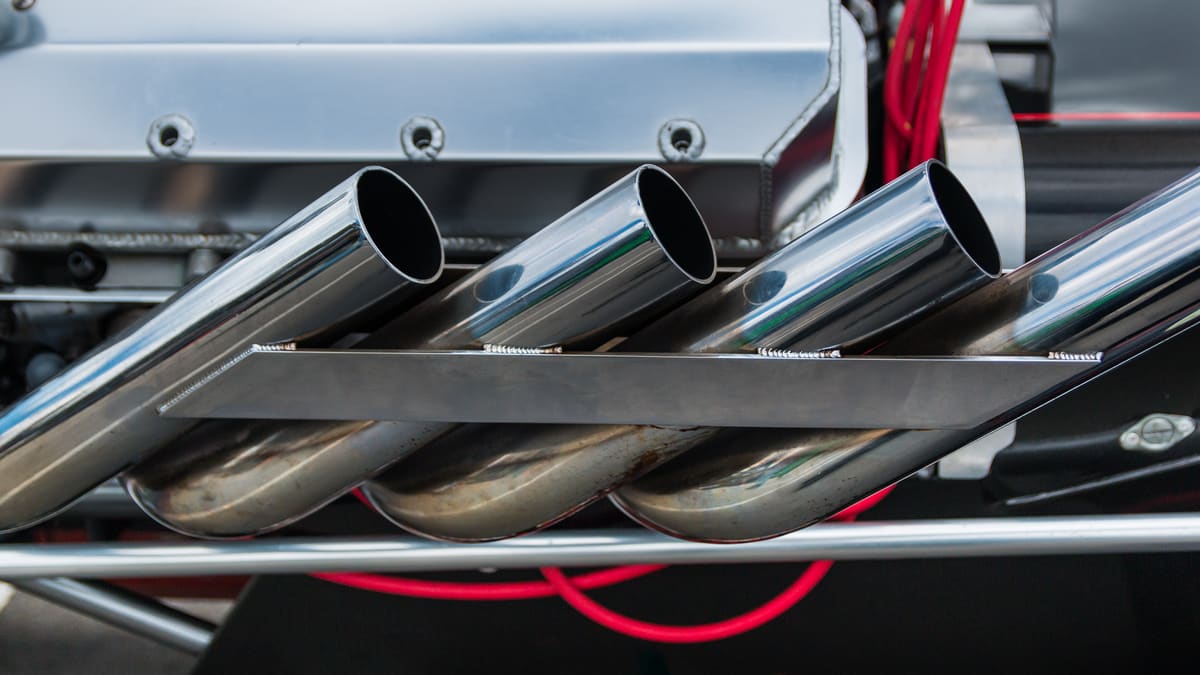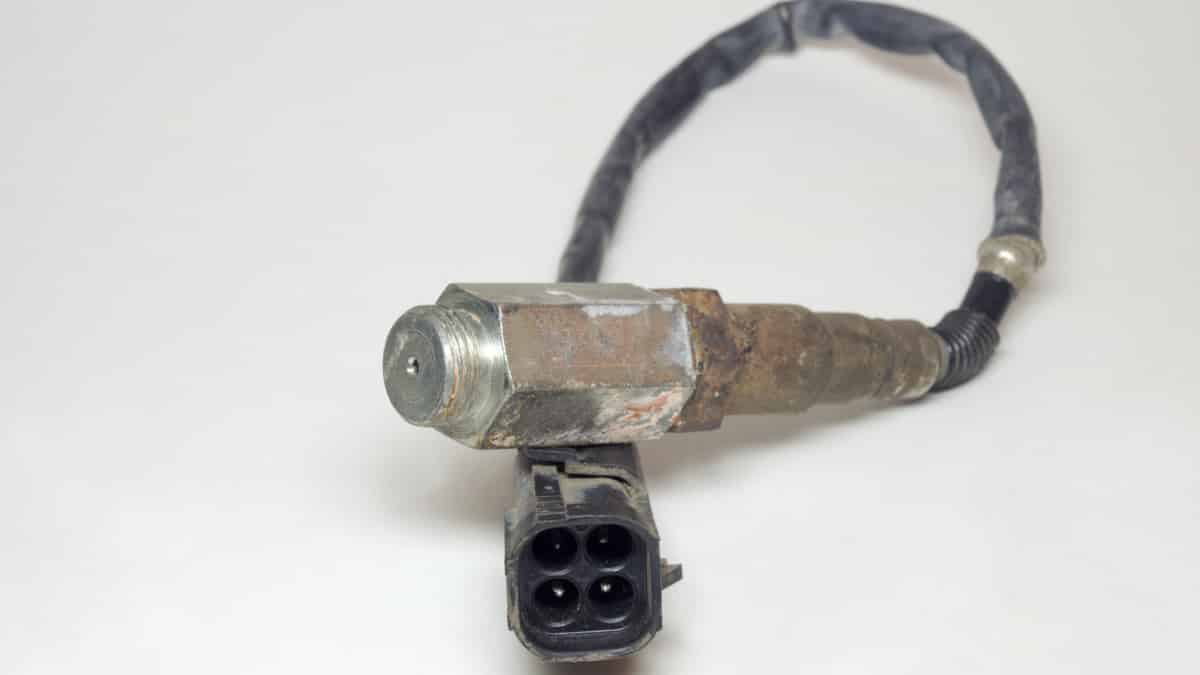If you are looking to make modifications to your exhaust, it’s likely that you’ve considered the muffler delete. But what is a muffler delete, and how much does a muffler delete cost? Well, it depends on a few factors, such as the type of car you drive and where you take it for service.
In this article, I discuss what you need to know about a muffler delete. This guide shows you the various factors that change the cost. I also review the benefits and drawbacks of the service while looking at some simple DIY steps to save you more money.
What is a Muffler Delete?
A muffler delete refers to removing the muffler(s) from your car’s exhaust system. A muffler serves as a resonator to reduce the noise coming from the engine. Many car models have two or more mufflers on the exhaust system which can be removed as desired.
You can also choose to create a straight pipe exhaust system, but that requires removing the muffler and the catalytic converter. While the two services are often talked about as the same procedure, the straight pipe exhaust requires more modifications.
As said, many exhaust pipes have two or more mufflers, so which or how many you want to remove is up to you.
RELATED: Resonator Delete – Pros & Cons (and Average Cost)
Muffler Delete Pros
1. Increased Horsepower
Removing the muffler won’t increase horsepower in all vehicles. However, it can make a significant improvement on many older cars. Cars with large engines or high power from the factory are more likely to get a boost by removing the muffler(s).
The mufflers on older vehicles can be restrictive. They also increase the engine backpressure, which isn’t good for the motor anyway. By taking the muffler out of the equation, you can easily increase the top-end horsepower and further protect the engine.
2. Aggressive Exhaust Note
Sure, the muffler delete is going to help the older engine, but it doesn’t provide any performance benefits for most newer models if your car doesn’t have a lot of horsepower. Instead, it’s done solely to change the tone coming from the car.
When the muffler is removed, you get a more aggressive note coming from the exhaust. Considering the muffler reduces the noise coming from the engine, taking it off is going to accent the tone better.
RELATED: How to Make Your Car’s Exhaust Sound Louder (8 Ways)
Muffler Delete Cons
1. Loud Exhaust
While this point was also an advantage, it can go either way for some people. The loud exhaust might sound exciting at first, but it can get old very quickly. If you plan on taking long road trips with the family, be prepared not to hear one another.
As you push the car into higher RPMs, the sound gets even louder. The more air that comes through the exhaust, the louder it is going to be. It doesn’t take long for this noise to get annoying.
2. Illegal
If you remove the muffler from your vehicle, you might be breaking the law. Check your local laws to see what the regulations are.
However, most cops aren’t going to pull you over for not having a muffler on. Still, they have every right to, especially if you are violating any local noise ordinances.
3. Reduces Engine Performance
By now, you are wondering why the disadvantages contradict the advantages. Yes, increasing engine performance was listed as a benefit, but only on older and high-powered vehicles.
With a newer car with a smaller engine, removing the muffler can actually sometimes cause the opposite effect. The automaker created the ECM to work in conjunction with the muffler. If you remove it, you might notice worse performance. It’s also possible that the Check Engine Light could come on.
4. Failed Emissions
Thirty-four states now require emissions testing. If you live in one of these states and you remove the catalytic converter, your vehicle isn’t going to pass the test. It can also cause the Check Engine Light to come on, which might cause you to automatically fail.
However, just removing the muffler shouldn’t cause failed emissions. Still, if an inspection is performed, the technicians could fail your vehicle. To pass the vehicle, you will have to put the muffler back on, which defeats the purpose of taking it off in the first place.
How Much Does a Muffler Delete Cost?
The average cost for a muffler delete is between $150 and $450. You should only spend between $50 and $200 on the parts. If you can do the job yourself, you won’t spend anything on labor. Otherwise, expect to spend about $100 to $250.
It can be difficult to find someone to perform a muffler delete. In most cases, removing the muffler is illegal, so it’s hard to find someone willing to participate in the modification.
RELATED: What Is a Straight Pipe Exhaust System? Pros, Cons & Cost
Aspects Determining Muffler Delete Cost
1. Car Style
When you remove the muffler, you will still need to add a pipe to the exhaust system to connect it to the tailpipe. The parts needed for this depend on what type of car you drive.
Additionally, the labor is going to be based on your type of vehicle. For example, if your car has a sophisticated exhaust system, the cost could be much higher than one that is straightforward.
2. Exhaust Pipe Type
There are different types of exhaust pipes you can choose from. While you can get a mild steel pipe if you want to save money, it’s often better to spend a little more on stainless steel or, in some cases, even titanium.
These pipes hold up better. While they will cost more upfront, you shouldn’t need to replace them any time soon, thereby giving you a better value.
3. Labor
Labor rates vary based on where you live and what type of shop you are visiting. You can see a big difference in hourly rates based on what’s quoted in the city versus the country.
Additionally, the type of shop you visit makes a difference. Expect to pay more if you visit an exhaust shop versus your traditional auto repair location.
DIY Muffler Delete
1. Check Local Laws
Before you do anything with your exhaust, you want to research your state and local laws. In most cases, these modifications are illegal, so you want to understand what laws you are breaking before you do anything.
These local laws also make it difficult to find an automotive technician willing to remove the muffler. Maybe that’s why you are trying to do it yourself in the first place. Otherwise, performing your own muffler delete helps you save money.
2. Jack the Car Up
You need to get under the car with plenty of room to move around. To do this, you will place it up on a jack with jack stands.
Put the jack under the designated area laid out in the service manual. Jack up the car to an appropriate height and place jack stands underneath the vehicle to support it.
3. Remove Exhaust Clamps
The muffler is attached to the exhaust with the help of special clamps. These U-shaped clamps need to be removed if you want to take the muffler off. However, these clamps are often rusted, making them nearly impossible to remove.
Before you get started, spray the nuts with WD-40 or another lubricating chemical. If you leave the solution soak on the nuts, it could make it easier to remove them.
There are times when the only way to remove the muffler is to cut it. If the exhaust pipe has been welded in place, cutting it could be your only option.
4. Connect Tailpipe
When you add an exhaust pipe, you need to choose what type of material you want to use. You could spend less on mild steel pipes. However, a stainless steel pipe is going to provide more corrosion resistance. You won’t spend that much more to get one made from stainless steel, and the investment is worth the cost.
You don’t always need to add an exhaust pipe. It depends on what kind of system your car has. However, adding an exhaust pipe can help to improve the performance of your vehicle. In most cases, a straight pipe needs to be connected to the exhaust pipe. This setup should provide all of the functions needed, but the measurements could be different, depending on what type of car you have.
You may need a 90-degree exhaust adapter to connect your new exhaust pipe to the old one. Take your time to clamp the pipes together. If you prefer a permanent application, you may choose to weld the pipes to the exhaust. However, this is more difficult to change in the future, especially if you need to add something to pass an emissions test.
Learn more:
